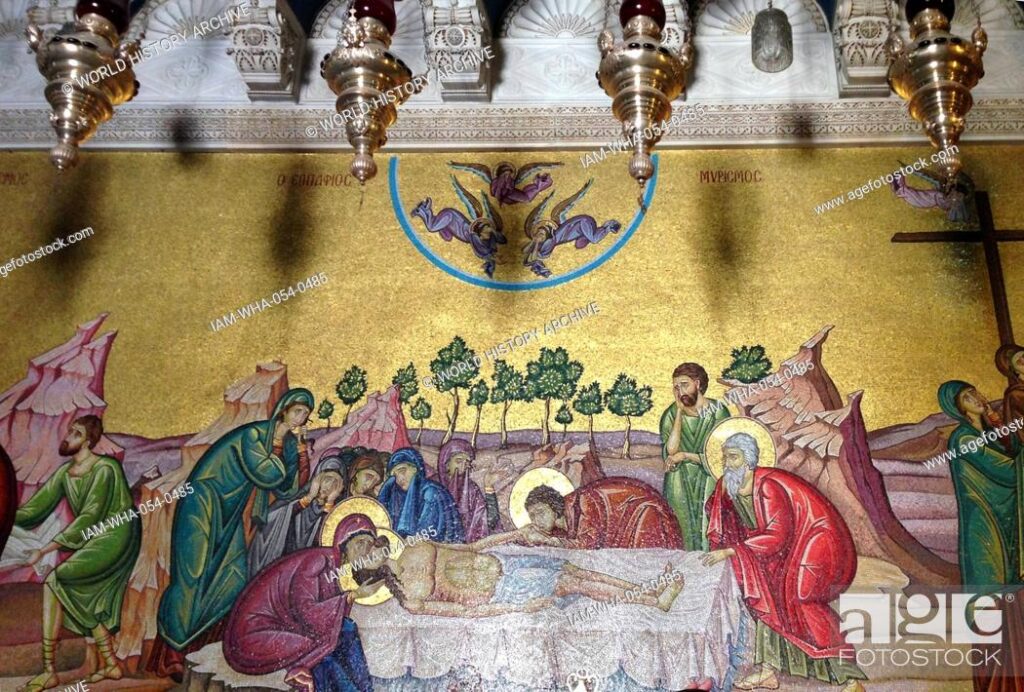Introduction
Anointment, an age-old practice steeped in tradition and spirituality, holds a significant place in various cultures around the world. Often associated with religious ceremonies, rituals, and holistic healing, anointment has been a part of human history for millennia. In this article, we will delve into the meaning, history, and diverse applications of anointment, exploring how this practice has evolved and continues to play a vital role in our lives.

Understanding Anointment
Anointment, at its core, involves the ritualistic application of oils, balms, or substances to a person or object. This act is typically accompanied by prayers, blessings, or chants, making it a powerful and symbolic practice. Anointment serves several purposes, including spiritual consecration, healing, protection, and empowerment.
Historical Significance
The roots of anointment trace back to ancient civilizations such as Egypt, India, and Mesopotamia, where oils and fragrant substances were used to honor deities, anoint rulers, and prepare the deceased for the afterlife. In Egyptian culture, the process of anointing was believed to connect the individual to the divine and ensure their well-being in the next life. The Bible also contains numerous references to anointing, highlighting its spiritual importance. In Christianity, anointment with holy oil is used in sacraments like baptism and confirmation.

Types of Anointment
1. Rligeious Anointment: This type of anointment is prevalent in various faiths. In Christianity, the sacrament of anointing the sick is performed to offer comfort and healing to those in need. Hinduism utilizes anointment during sacred ceremonies, such as the consecration of idols and temples. Anointment in Buddhism signifies the initiation of a monk or nun.
2. Holistic Healing: Anointment is also used in alternative medicine practices, such as aromatherapy and Ayurveda. Essential oils, herbs, and natural substances are often applied to the body to promote physical, mental, and emotional well-being. These practices emphasize the therapeutic properties of the oils used.
3. Ceremonial and Ritualistic Anointment: Many cultures employ anointment as part of rituals and rites of passage. This includes anointing during weddings, naming ceremonies, and initiation rites. These rituals are often deeply rooted in cultural traditions and have symbolic significance.
4. Protection and Empowerment: Anointment can be used to create protective barriers or to empower individuals. In various traditions, anointing with specific oils or substances is believed to ward off negative energies, evil spirits, or harm.
Modern Applications
In contemporary society, anointment has found its place in various settings. Aromatherapists use essential oils and carrier oils to promote relaxation, alleviate stress, and enhance overall well-being. Massage therapists often incorporate anointing techniques to enhance the therapeutic effects of their treatments. In the beauty industry, anointment with natural oils is used for skincare and haircare, mphasizing the nurturing and rejuvenating properties of these products.

Conclusion
Anointment is a rich and diverse practice with a long history spanning multiple cultures and religions. Whether for spiritual devotion, holistic healing, or cultural traditions, anointment continues to hold a special place in our lives. Its timeless significance serves as a testament to the enduring power of rituals and the belief in the transformative qualities of oils and substances. In a world that often seems disconnected from ancient traditions, anointment reminds us of our shared human heritage and the enduring connection between the physical and the spiritual.
